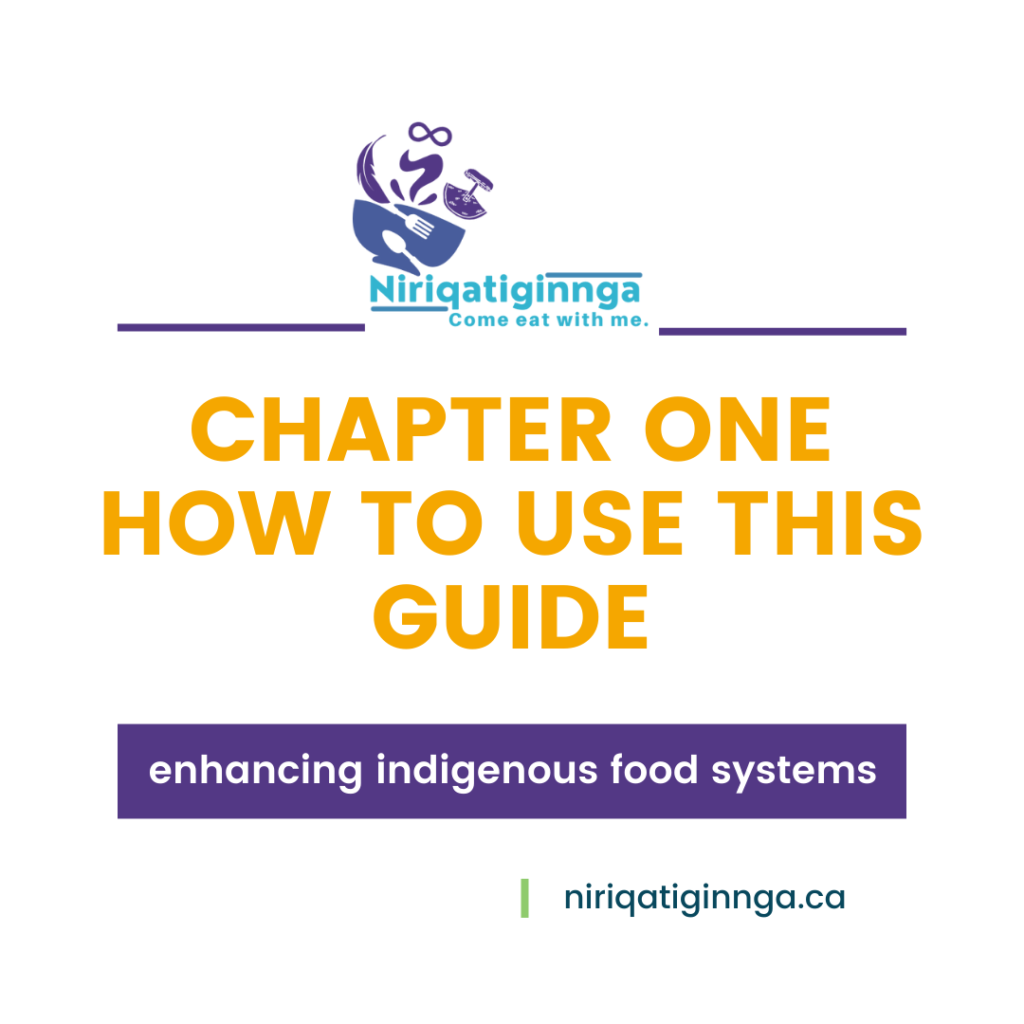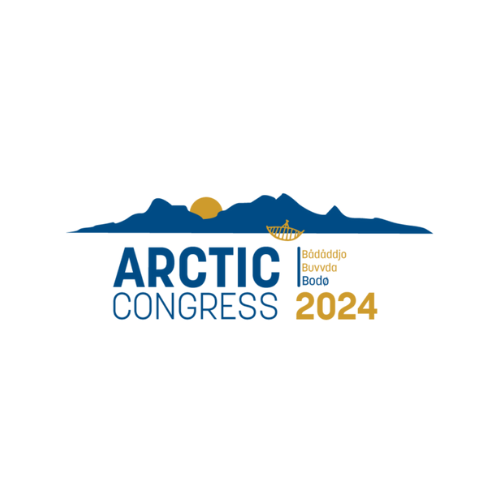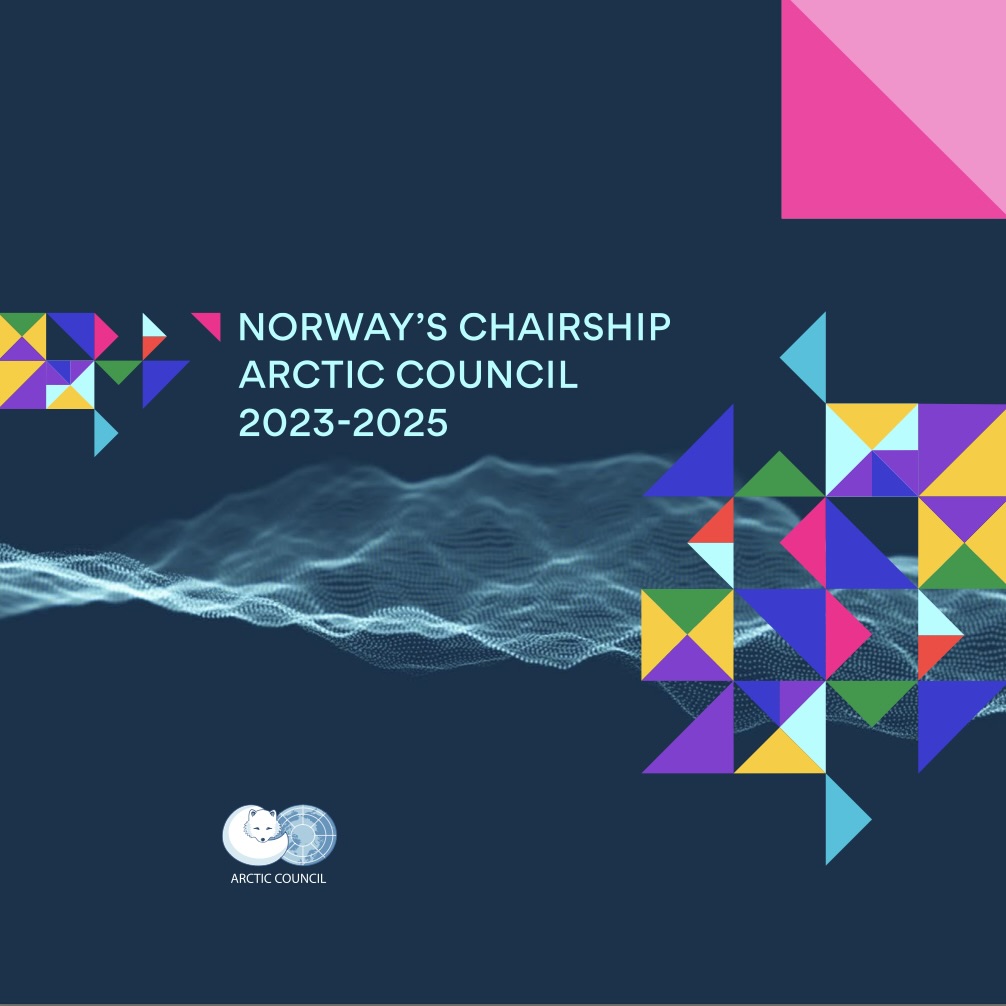Capturing the moment: Nunavut Inuk youth artist Tony Eetak captured this spectacular sunset on the west coast of Hudson Bay.
The way a workshop is designed can change the way people feel, think, and act. In this Facilitator’s Guide, we will outline 5 steps that give you the language, sample materials, and confidence to deliver an outstanding experience for your customers every time.
The Facilitator’s Guidebook for Hosting Immersive Arts & Entrepreneurial Workshops was a collaborative effort between students from Minneapolis College of Art and Design (MCAD) enrolled in the Fall 2023 Biosystems class and the project team at Niriqatiginnga in Winnipeg, Manitoba Canada.
This collaboration fostered relationship development and engagement activities in support of food security and innovation for northern Canadian supply chains.
Each chapter features the five stages of Experiential Design that students have applied in the creation of sample workshops that could be hosted by northern Canadian entrepreneurs. Students were also tasked with innovating a circular economy (defined as eliminating or repurposing waste) within workshop designs to support environmental conservation efforts.
Readers are invited to use this Guide in the design and implementation of their own entrepreneurial workshop.
Be intentional on how you invite future participants to your workshop. Feature the emotional journey or personal transformation participants will experience by signing up for your workshop. This will build excitement and intrigue.
Photo: Tony Eetak
How might you invite participants to attend your workshop?
Personal invitations are always best as it makes people feel special for being included.
However, you may want to expand invitations beyond just friends and family, so creating
an invitation that indicates what people will learn, feel, experience throughout the event is advantageous.
The invitations you create set the tone and expectations of how people should act when they attend your workshop.
Whether you want them to be relaxed and carefree to create or if you want them to learn a new skill that requires following clear instructions. One can set these expectations thru the design of the invitation. Think about font, color, and wording as each element helps create the mood and emotional journey participants will embark upon.
When you are creating your invitation, be sure to include all necessary information on
who, what, where, when, and why you are getting together. Look to the upcoming
chapters for examples on MCAD students’ invitations.
Design for collaboration, instead of for “customers” to ensure you are creating a meaningful impact
Photo: Jamie Bell
How you greet and welcome people to your workshop indicates the set of “rules” for how one should act in your space. If you wear a tuxedo and serve fancy food, your customers will likely respond by using more formal language- and may feel under-dressed if you have not instructed them of the evening’s attire.
However, if you greet your guests with a relaxed and friendly greeting and provide them with an activity, such as filling out a name tag or introducing them to another guest they have something in common with, helps customers feel at ease.
Customers may be nervous or anxious to be a new space with unknown expectations, so communicating your expectations for how they can interact with you, a friend, and the group at-large is helpful for building a sense of community.
The ultimate goal is to assure people that they are in the right place and they belong. You will find a sample of Welcoming activities in the following chapters.
Designing for customer engagement is the primary purpose for why your workshop is occurring.
Photo: Jamie Bell
Whether this is learning how to cook a new recipe, can fruit, or learn from elders. When you create your invitations for participation, you will be highlighting this key activity. It’s not enough to just share your knowledge, skills, or products with your customers- no matter how incredible they may be.
Being intentional in HOW you share WITH your customers makes the difference between a one-time purchase and a life-time of purchasing. Customers want to feel a part of your community.
To accomplish this, start by thinking about the emotion you want your customers to feel throughout their time with you. Invite your participants on an emotional journey (a story) from curiosity to excitement to a sense of accomplishment -whichever emotions align with your workshop theme, as they engage in your primary activity.
For example, if your primary activity is making soup and you want to elicit curiosity, inform your customers you will share your “secret” ingredient with them half-way through the cooking process. Customers’ excitement will grow as they eagerly await the reveal of your “secret.” Once they know and add your “secret” ingredient to their own soup, they become a part of your community.
Once you identify these emotions, design activities that will help elicit these emotions. Each chapter will feature a different question you can use to guide the design of your engagement.
How might you conclude your workshop in a way that provides meaning and leaves participants with resolution or wanting more?
Craft a conclusion to your workshop experience that summarizes everything participants learned- from start to finish. Communicate not only the tasks that you accomplished during the workshop, but also the potential personal transformation that occurred.
Did participants learn a new skill? Did participants contribute towards building something for the greater good? If so, highlight and celebrate this journey that participants took with you during your workshop.
Again, think about the emotion you want your participants to leave your workshop feeling. Then, outline the various activities that support this desired emotion. You may have multiple activities that are needed for each phase of your experiential design. It’s better to have more activities planned, than less.
For a sample of ways to conclude your workshop, reference the following chapters.









